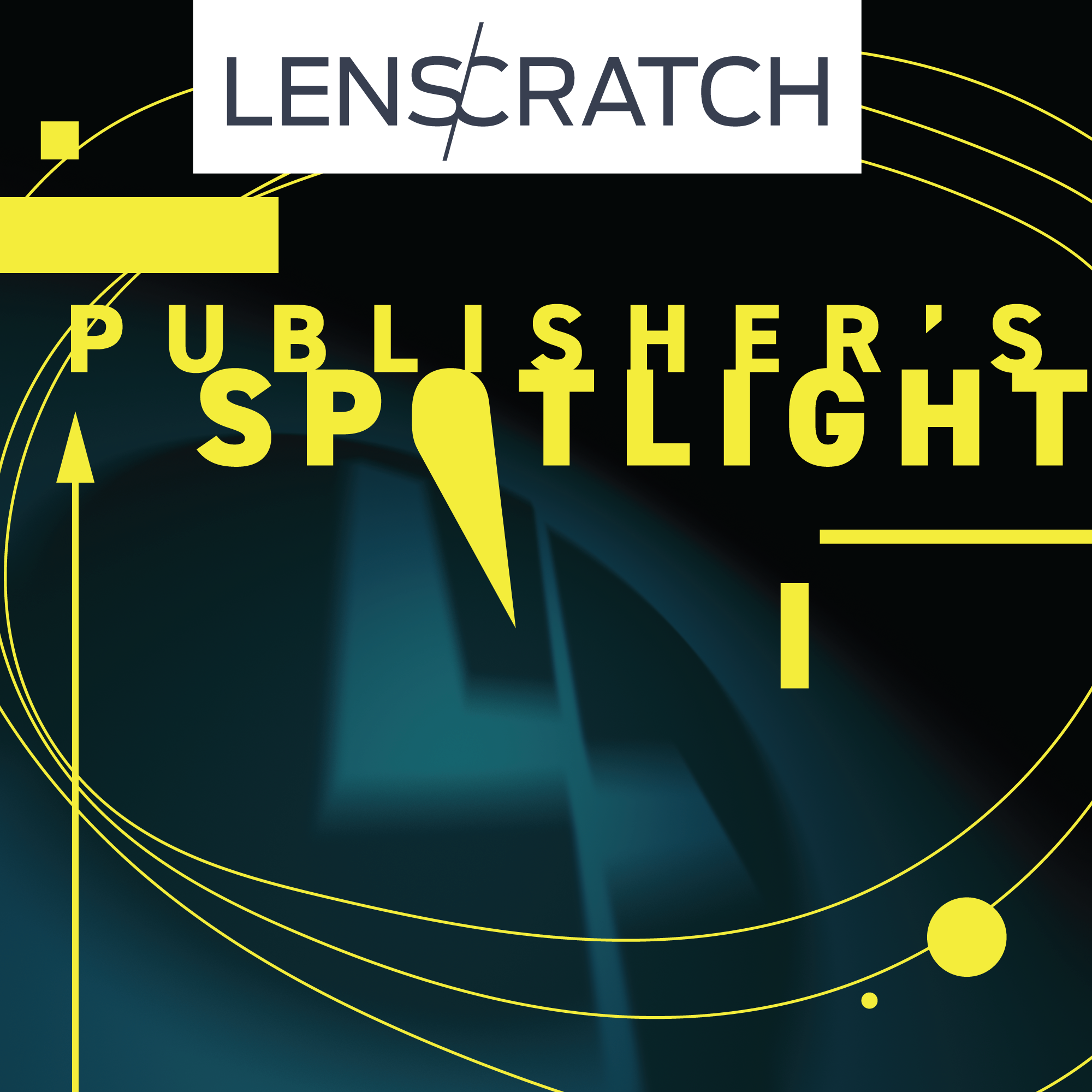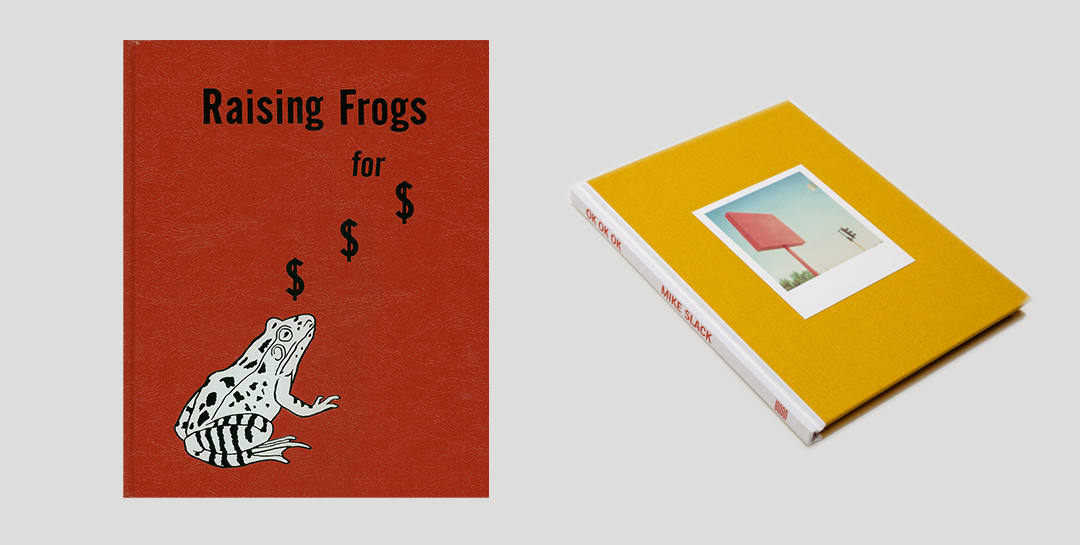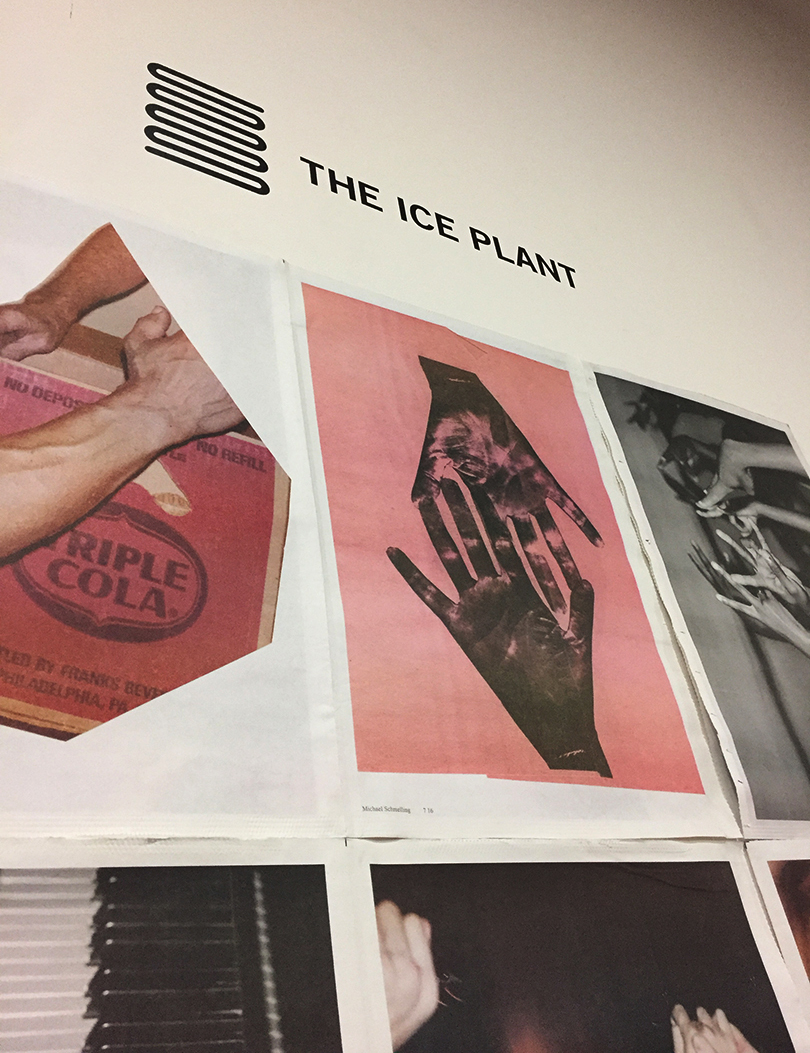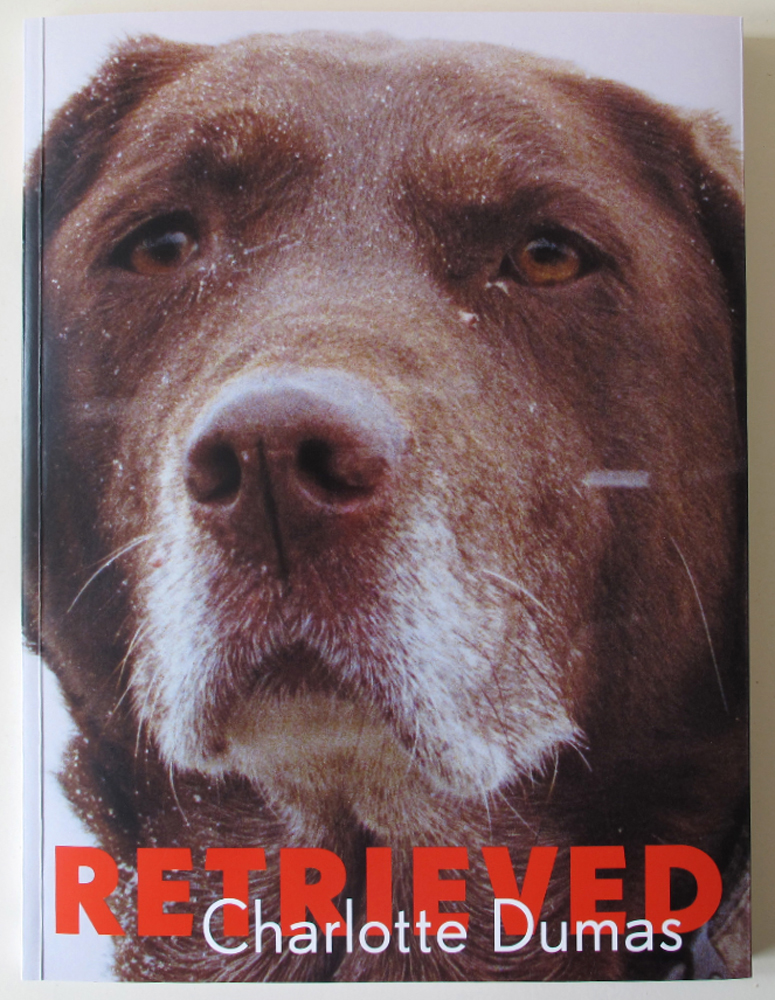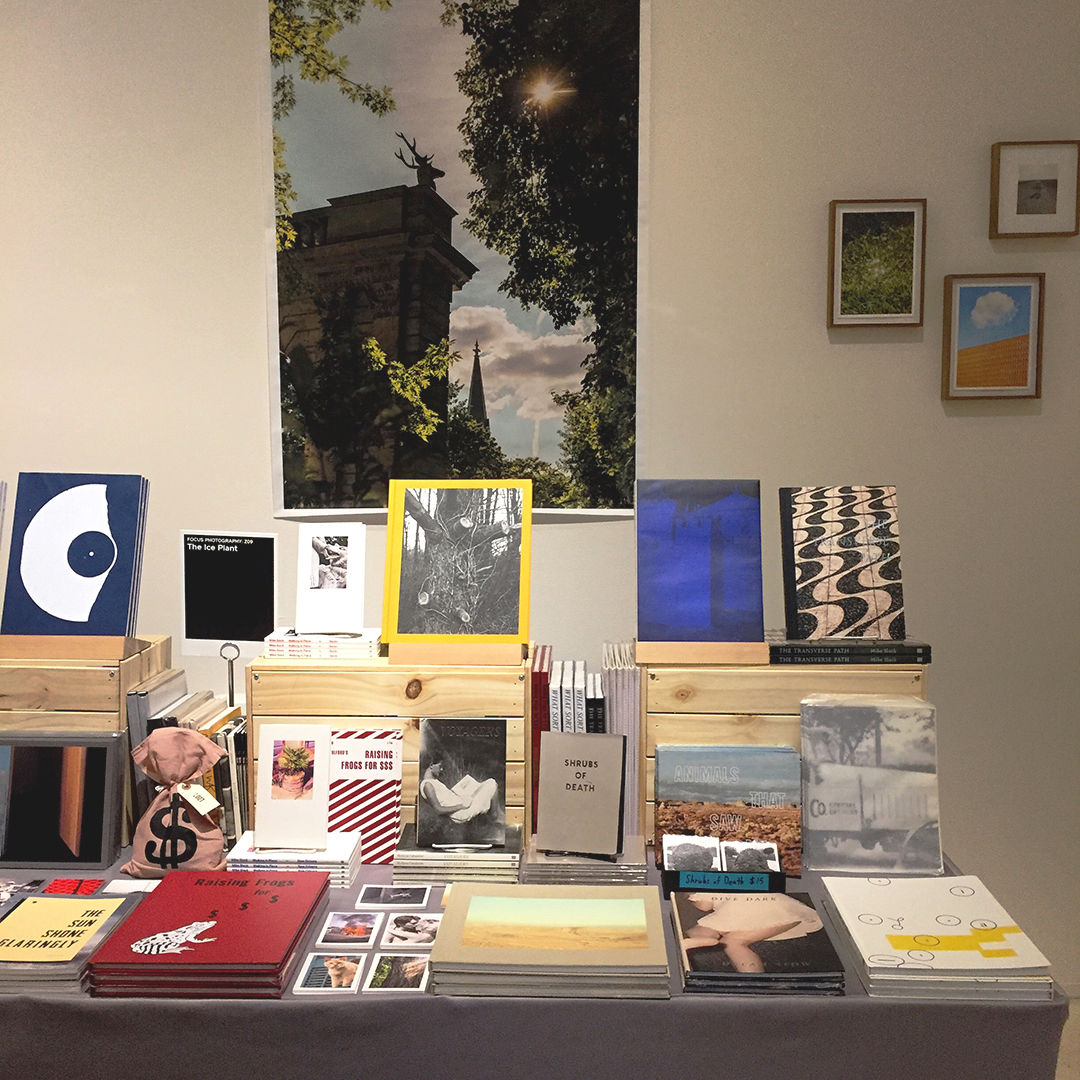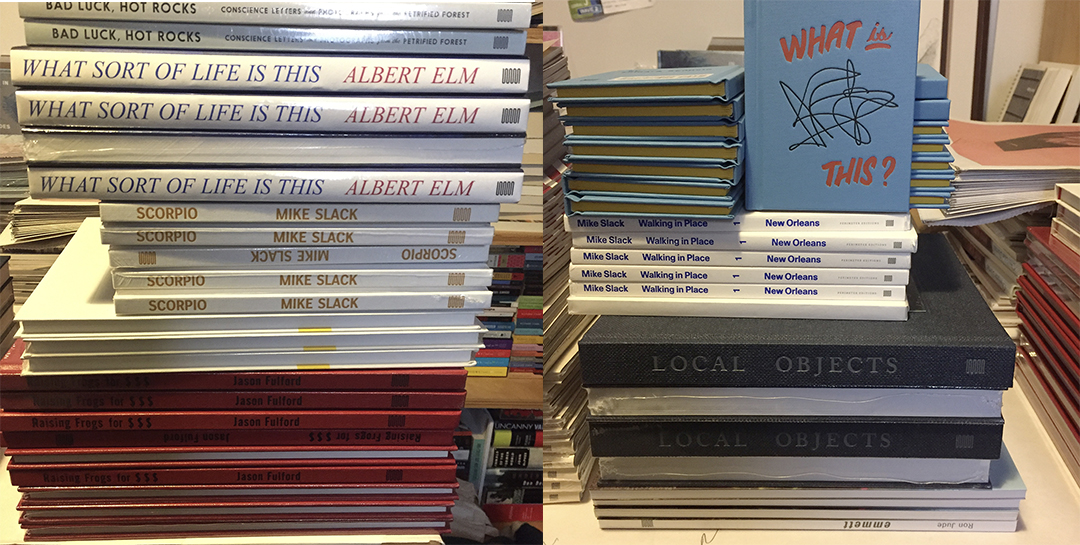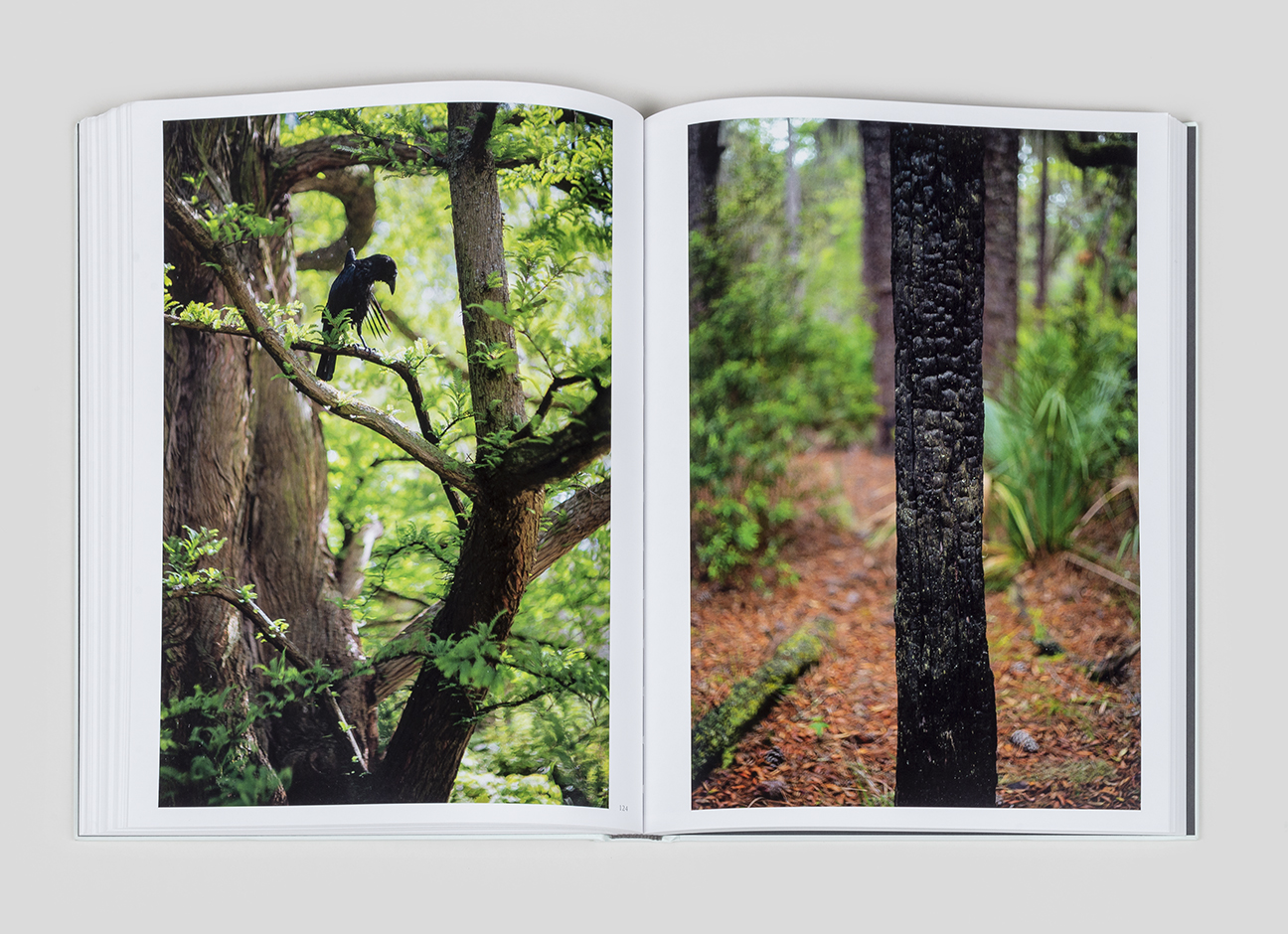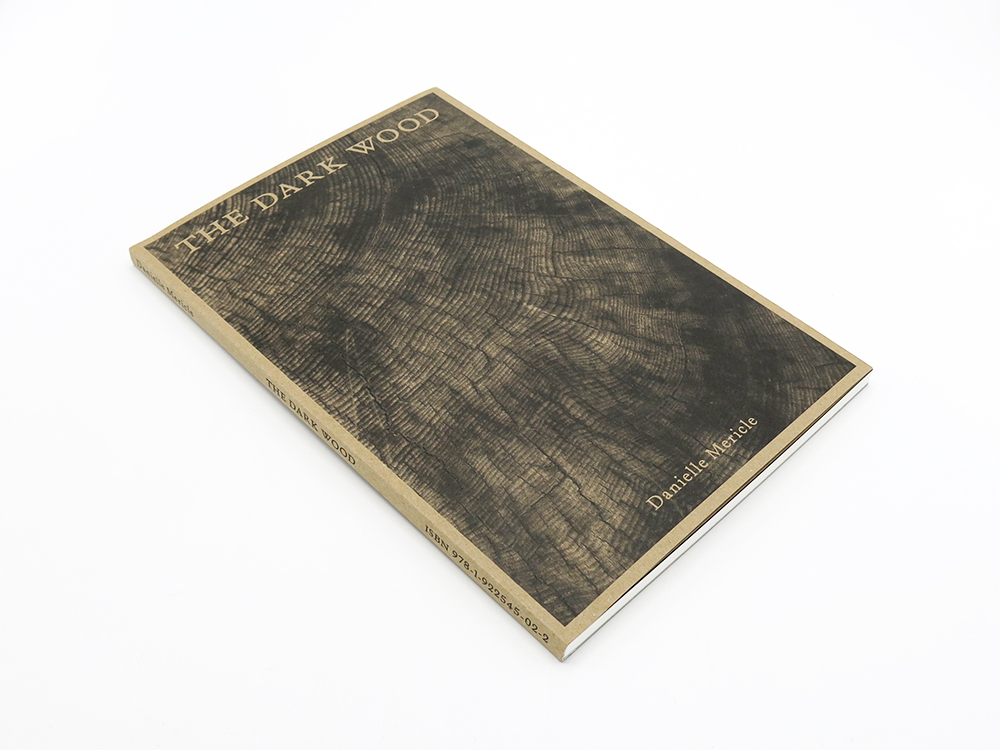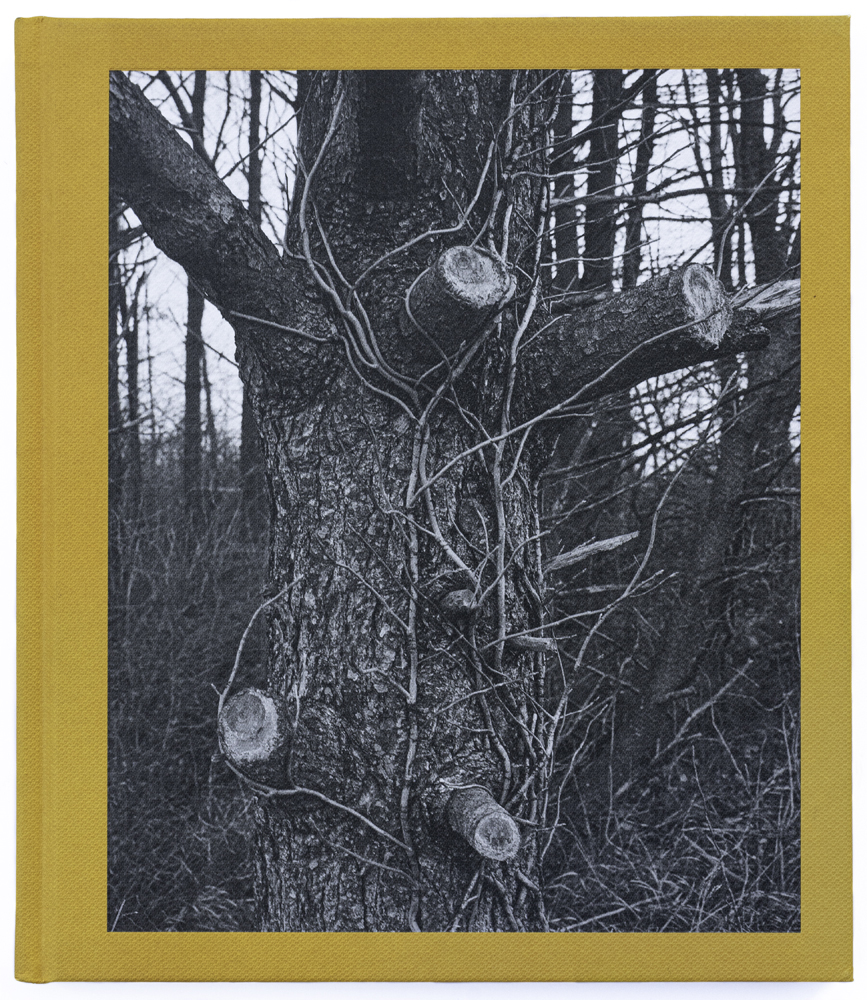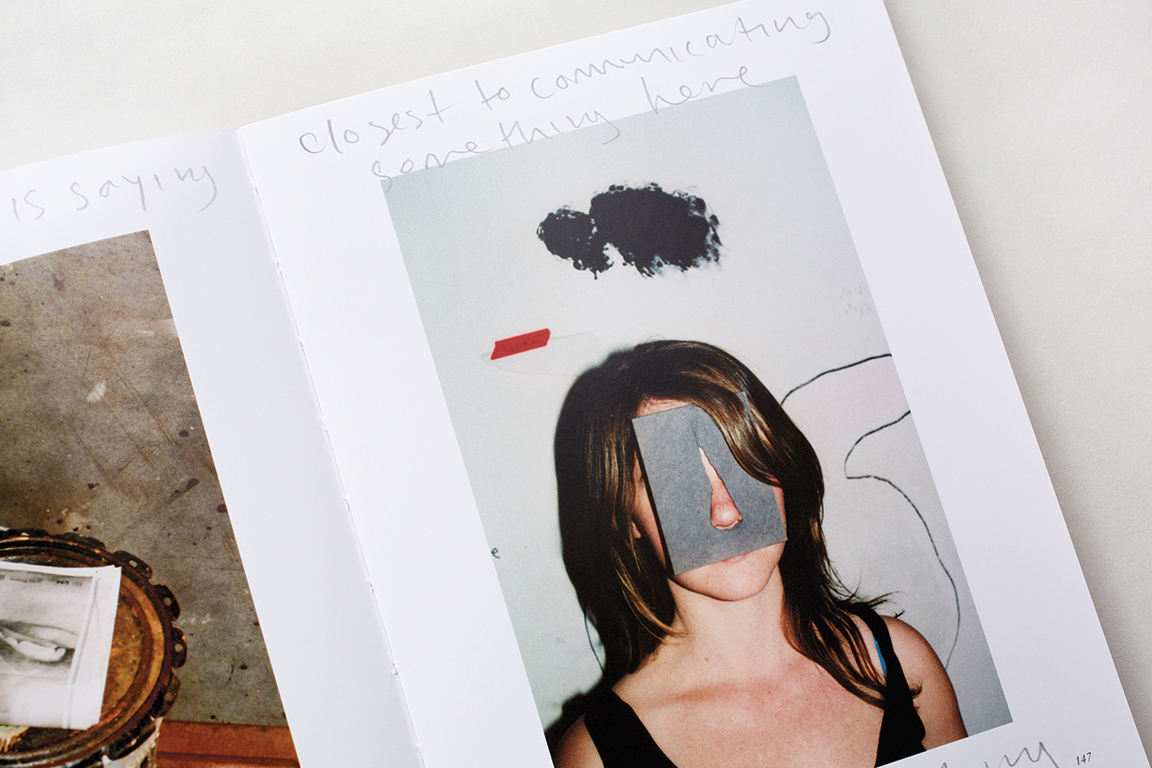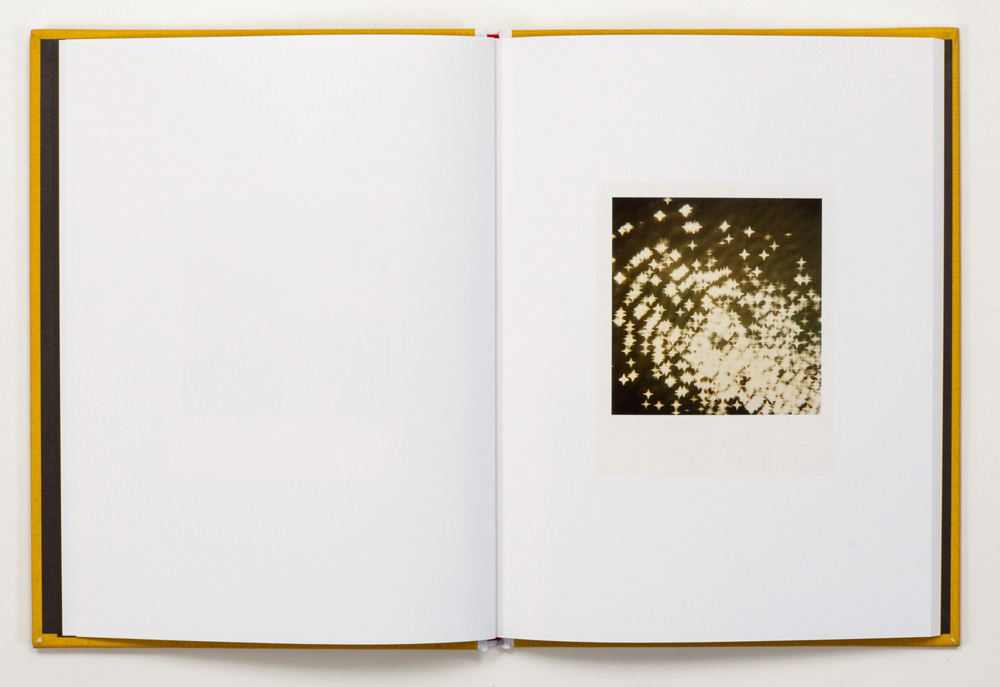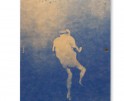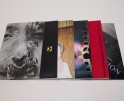Publisher’s Spotlight: The Ice Plant
These past months we have been focusing on books on Lenscratch. In order to understand the contemporary photo book landscape, we are interviewing and celebrating significant photography book publishers, large and small, who are elevating photographs on the page through design and unique presentation. We are so grateful for the time and energies these publishers have extended to share their perspectives, missions, and most importantly, their books.
The Ice Plant was started in 2006 by Tricia Gabriel and shortly after expanded to adding another employee, Mike Slack. It is currently based in Los Angeles, CA. Both Tricia and Mike come from various book world backgrounds–Tricia working at SFMOMA as a book buyer, and Mike working at the legendary Book Soup in West Hollywood, both back in the mid-90s. They are both artists and work full-time in creative fields.
Today, photographer, Odette England, interviews publisher, Tricia Gabriel.
Follow Ice Plant Press on Instagram: @the.ice.plant
What was the first book you published, and what did you learn from that experience?
Raising Frogs for $$$ by Jason Fulford and the second printing of OK OK OK by Mike Slack were the first books we published using a commercial printer. I had made a few hand-made books during my time at San Francisco Art Institute, but that was a completely different experience, one that was more singular and very hands-on. Publishing with a printer involves many steps and interacting with various departments, that all hinge together. And each printer works differently, but with all of them, good communication is key and knowing how to ask the right questions. Our first projects were printed in Seoul and we went there – that was like jumping into the deep end. We found ways to get around printing issues that seemed impossible just by being persistent and working through translation challenges. It was also pretty amazing to watch the foil-stamp operator apply the ‘frog’ to every copy of Jason’s book! And the biggest takeaway I would say, is the importance of prepress. It is similar to painting your bedroom or kitchen, the prep work in both professions is crucial.
What is your mission as a publisher?
Without really calling it a mission, it became a way to expand my photography practice by working and collaborating with others through editing and thoughtfully understanding what the project was trying to convey either for themselves, but also leaving it open for the viewer.
So much of artmaking is the process and creating the work, then once the work is “ready” it is handed over to the publisher to turn it into another form. The artist needs to let go of whatever shape they thought it might be and be open to new possibilities. It is especially satisfying (and feels like a mission) to have a stranger walk up to our table at a book fair and tell us how one of the books we published brought them joy or inspired them in a new way.
How big is your organization?
Small – it is myself and Mike Slack. We handle all the logistics ourselves and we also use D.A.P. as our distributor.
What are the difficulties that publishers face?
A big difficulty is distribution – getting the book out into the world! Deciding if you want to take on the responsibility of selling the books yourself or going with a distributor, which can be difficult if your margins aren’t big enough. That is why book fairs really help. You are able to sell your books directly to the customer, making the margins much better, plus it is great exposure – a way for the public to get to know who we are, and experience the art book world.
Are there any publishing projects that have been particular meaningful to you?
All of them. Each one of them are so unique and special to us in their own way. When we are working on a project it becomes our focus. We work on finding the best materials that will make sense with the concept and bring new life to the work. But a few books that stand out because of their production qualities, Retrieved by Charlotte Dumas and My Blank Pages by Michael Schmelling. We used French fold for Retrieved which made some people think the book was defective and wrote us to say we forgot to cut the pages apart! And with My Blank Pages, Michael hand annotated inside each book, creating a personal notebook. More recently we co-published Cloud Physics by Terri Weifenbach with EXB, a substantial book of images crisscrossing various themes allowing the reader come to their own discoveries. This was a larger project than we are used to doing, and a departure from Terri’s earlier books, so we were really excited to be part of it.
What upcoming projects are you excited about?
That’s a secret!
How many books do you publish a year, and how do you choose which projects to publish?
We tend to publish 2 or 3 books per year and have no real system for choosing them, other than what works for us. We ask ourselves would we be sad if we passed this up and will it work on The Ice Plant list. We have projects lined up, but they need to work into our schedules and budget. And that is not always fluid.
Do you have a specific focus?
Mainly photography.
What is the typical timeline of a project, from the beginning to the finished product?
Usually once we have the materials picked out and accepted a publisher’s quote it takes about 6 months to a year or two, especially now with the pandemic things have taken longer. Shipping and getting materials have now caused some slow down.
How collaborative is the design process with the artist?
We always work closely with the artist in our design decisions unless they don’t want to be part of it – and vice versa, if they have a designer, we still oversee it to make sure it has The Ice Plant sensibility and look.
What support do you give artists in terms of marketing or distribution? Do you attend book fairs?
Most of our publications are distributed through Artbook | D.A.P., who has publicity and marketing departments as well as global representation. We also attend book fairs, small and large–in a park or in an institution!
Odette England is a photographer and writer based in Rhode Island and New York. Her work has been shown in more than 100 museums, galleries, and art spaces worldwide.
Recent honors include being awarded the 2020-21 Artist-In-Residence Fellowship at Amherst College, a Light Work fellowship, RISCA Fellowship in Photography, Peter E. Palmquist Memorial Fund Grant for Historical Photographic Research, 3×8 Nature Artist-in-Residence Fellowship in Lecce, Italy, Silver Eye Center for Photography Fellowship, Firecracker Photographic Grant, and the Film Photo Award. Other notable grant awards include Andrew W. Mellon Foundation (2018 and 2019), Anonymous Was a Woman (2020), and the CENTER Project Launch Award (2012). She was shortlisted for the 2021 Penumbra Workspace Program, the Sustainable Arts Foundation Award, and thrice-nominated for the Prix Pictet, the global award for photography and sustainability.
She has published three award-winning photo books: Keeper of the Hearth (Schilt Publishing, 2020); Dairy Character, winner of the 2021 $5,000 Light Work Book Award (Saint Lucy Books); and Past Paper Present Marks, her collaboration with Jennifer Garza-Cuen, which received a $5,000 Rauschenberg Publication Grant (Radius Books).
Posts on Lenscratch may not be reproduced without the permission of the Lenscratch staff and the photographer.
Recommended
-
Publisher’s Spotlight: Smog PressJanuary 3rd, 2024
-
Publisher’s Spotlight: Kult BooksNovember 10th, 2023
-
Publisher’s Spotlight: ‘cademy BooksJune 25th, 2023
-
Publisher’s Spotlight: Brown Owl PressDecember 10th, 2022
-
Publisher’s Spotlight: DOOKSSeptember 26th, 2022


